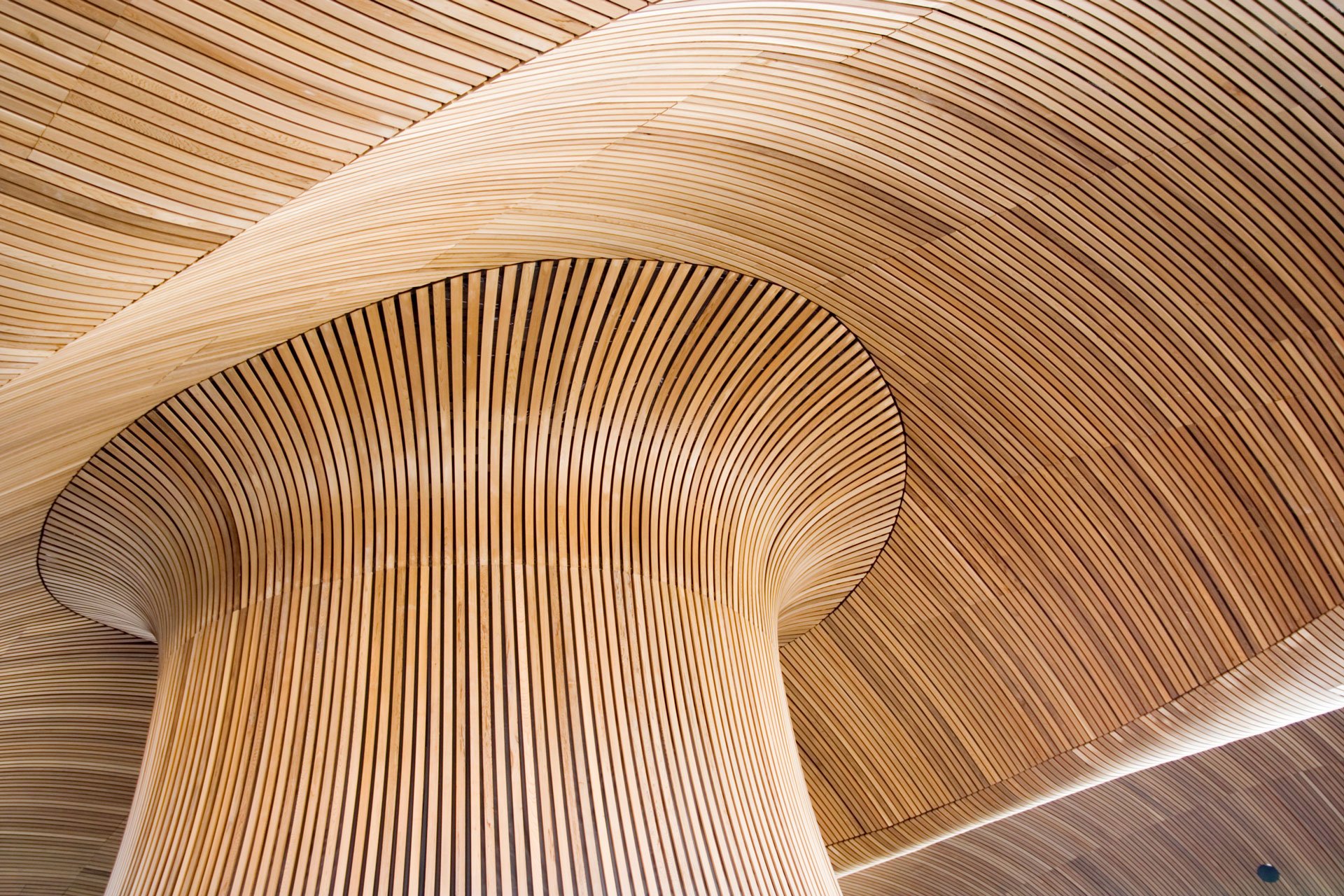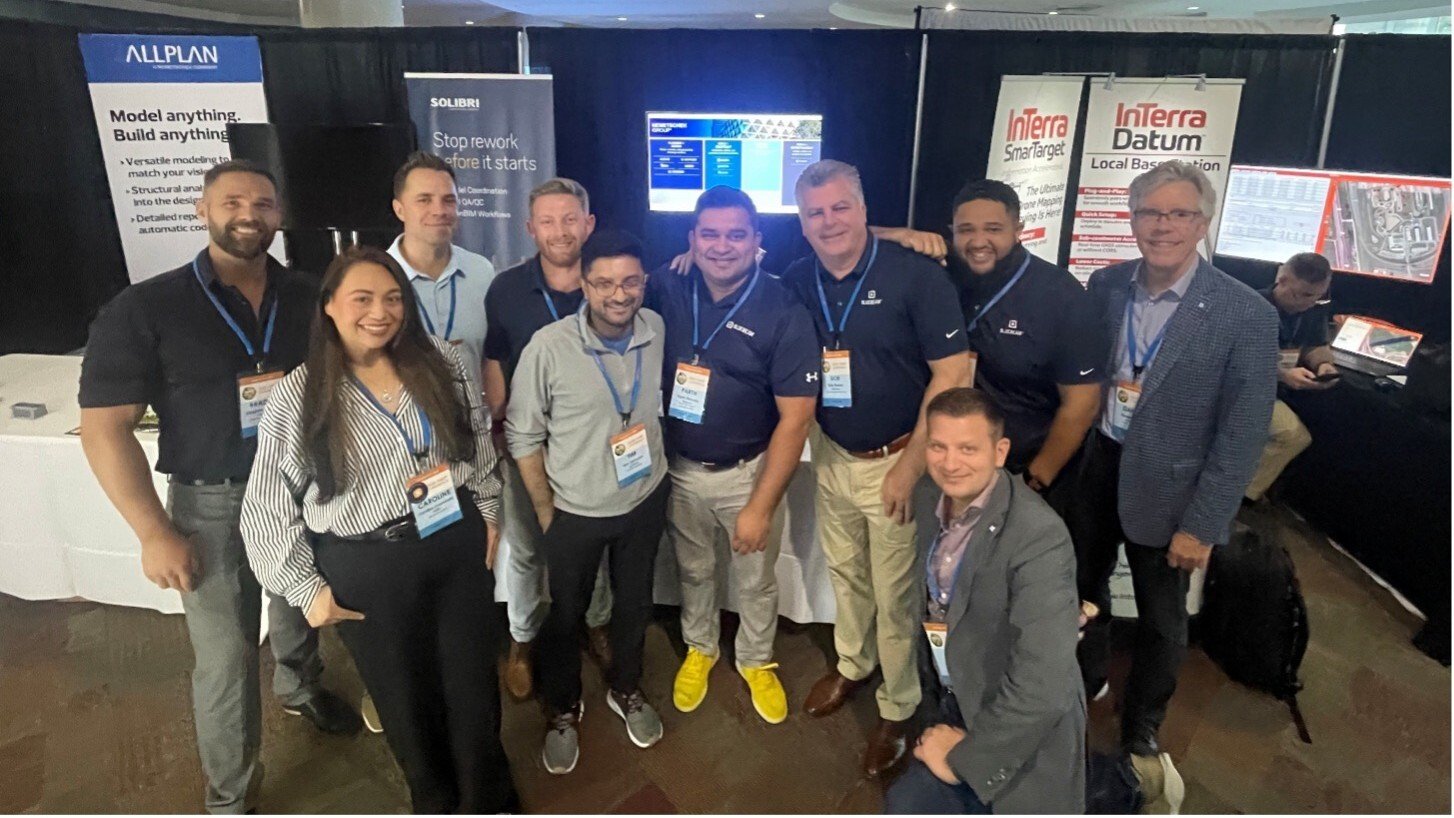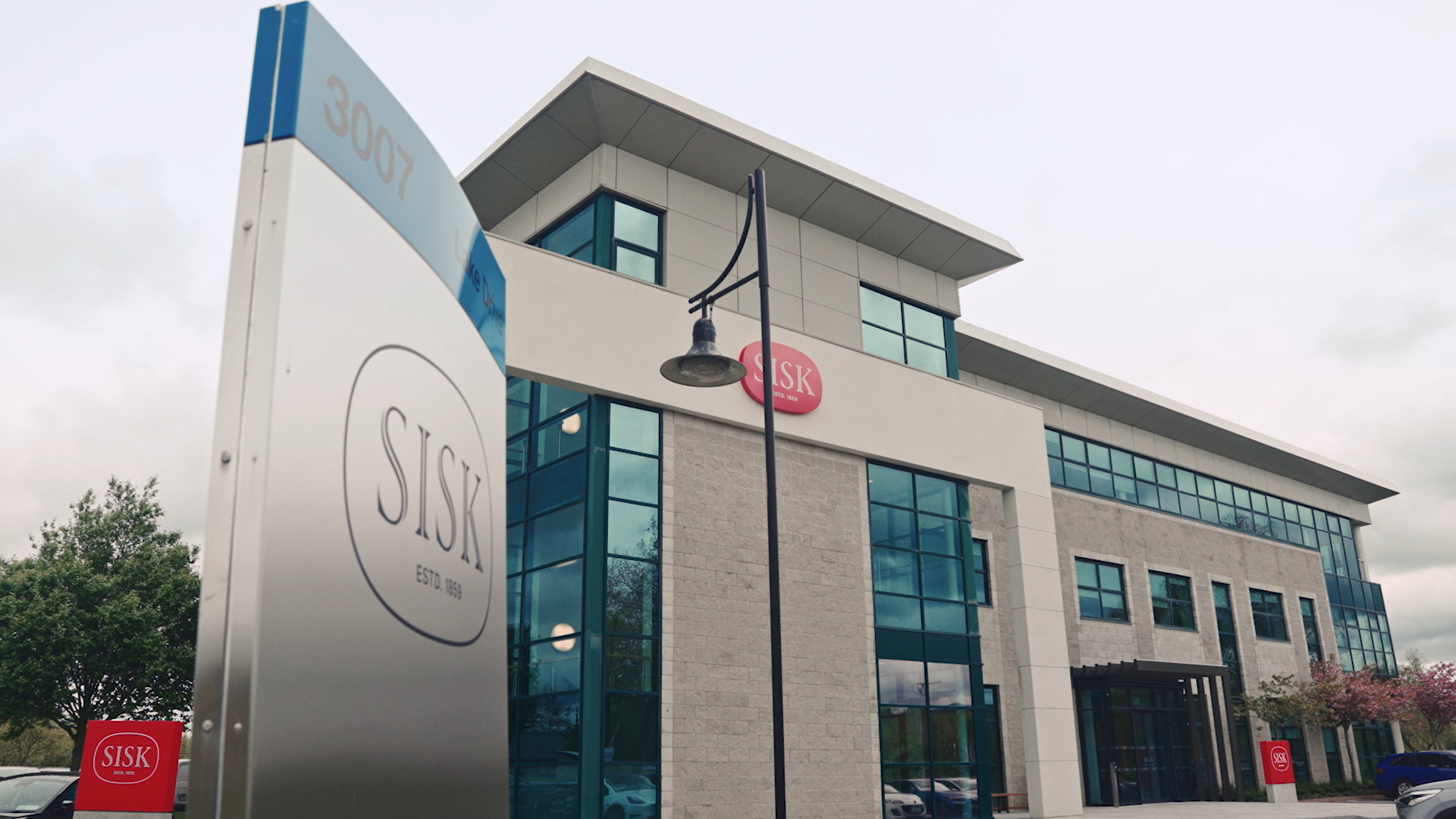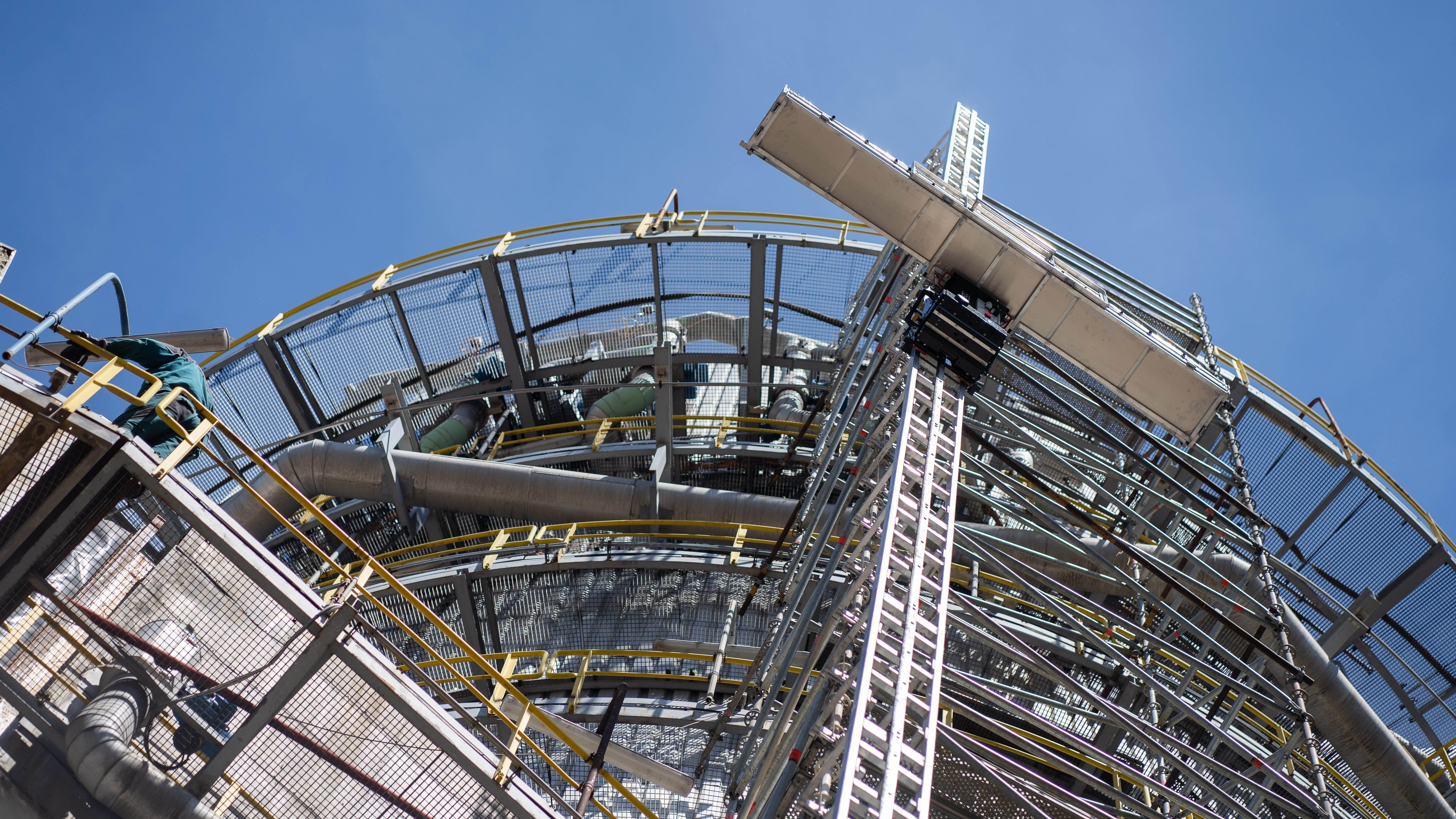Sustainability in all phases of the construction life cycle
Discover how we pioneer sustainable solutions across the construction industry, optimizing resources and energy use for a more sustainable built environment.
Author
Nemetschek Group
This article belongs to the collection Sustainability.
To the topic pageThe construction industry is one of the most resource-intensive segments of the economy. At the same time, the demand for living space is increasing across the board. Therefore, it is important to use raw materials and energy efficiently. This is the only way to design, construct and operate buildings in a manner that is more sustainable. The Nemetschek Group has always been a pioneer in this respect, offering advanced solutions across the entire building life cycle that focus on driving sustainability. This is demonstrated by numerous successful projects throughout Europe.
The Nemetschek Group offers a broad portfolio of innovative software solutions with which resource efficiency in the construction industry and in building management can be raised to a new level, helping to save materials and minimise the energy requirements of buildings. We’re committed to facing up to our ecological responsibility in a considered way, and making a long-term contribution to curbing climate change while working with the industry to limit global warming to a maximum of 1.5 degrees.
The digital process methodology BIM (Building Information Modelling) paves the way for more precise and efficient planning and construction. BIM minimises errors and dismantling, thereby conserving precious resources and protecting the environment. The software solutions support the entire construction life cycle, from the planning and construction phases through to the management phase. Many successful construction projects across Europe have been realised through BIM:
Planning phase:
Hospital Nova: a pioneer for sustainable healthcare architecture in Finland
For example, in Jyväskylä, Finland, Hospital Nova is an efficient, patient-centred hospital designed for the future. This modern hospital paves the way for a new generation of healthcare. It is based on an innovative concept in which the healthcare functions are grouped around a central corridor, which is similar in principle to a shopping centre or an airport.
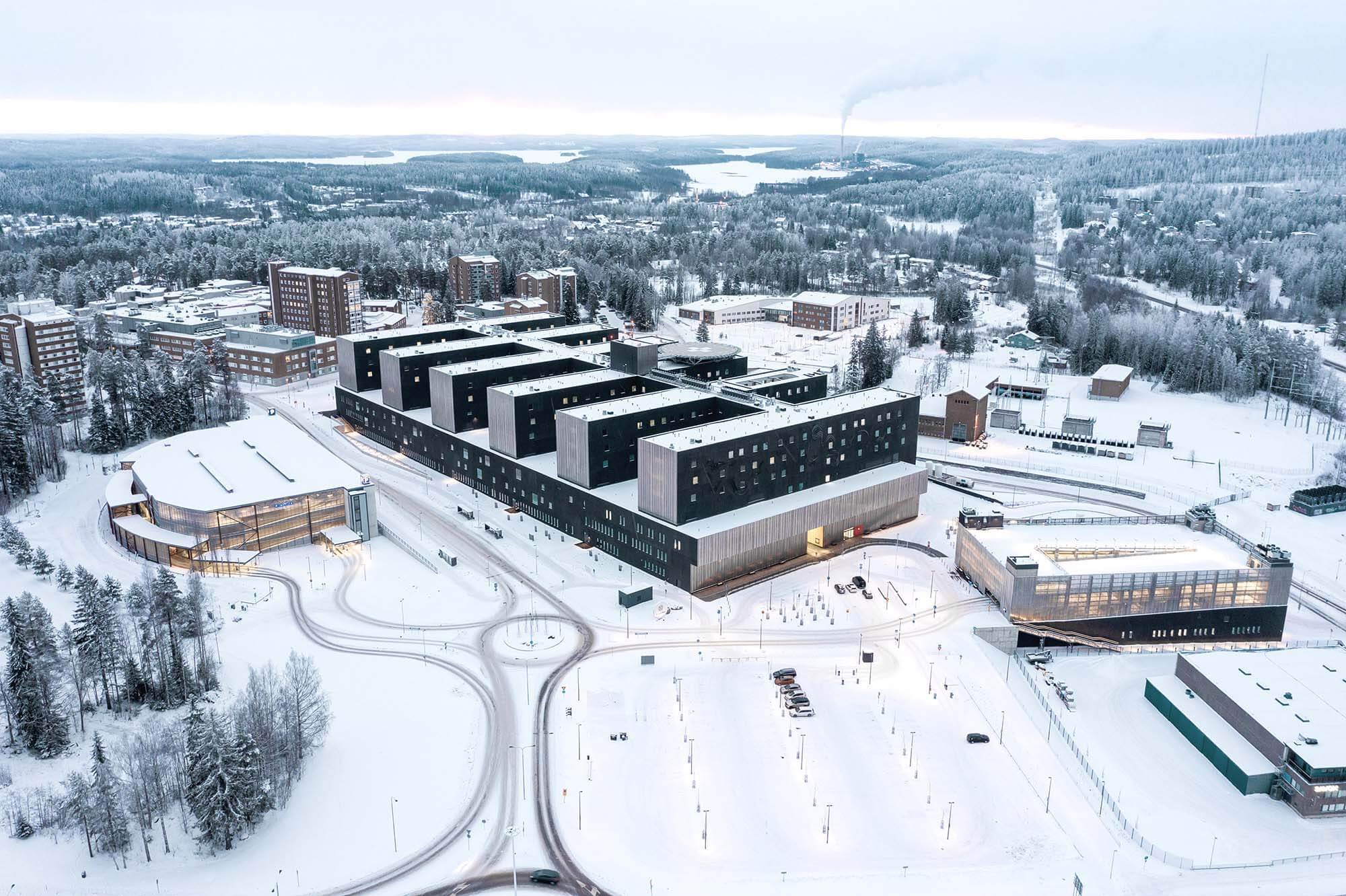 (C) Archicad by Graphisoft
(C) Archicad by Graphisoft
Thanks to the consistent standardisation of the clinic, the efficiency of processes, rooms, technical facilities and equipment is significantly improved. There is also plenty of room for manoeuvre and flexibility for future extensions or changes. Modifications to logistics planning and operations, for example, could reduce costs by ten per cent annually. Archicad BIM software from Graphisoft was used for all design phases, including concept design and dimensioning of individual zones, detailed walls and rooms, functional design and interior design. Thanks to BIMcloud and Archicad Teamwork, several teams were able to work collaboratively, simultaneously and efficiently on different elements of the project. Hospital Nova is an outstanding example of how innovative architectural design elements can put the well-being of patients and staff at the heart of the building.
BERN 131: a sustainable timber construction in the heart of the Swiss capital
The BERN 131 office and service building in Bern, Switzerland, impresses with its focus on delivering high levels of sustainability. Constructed from wood, it has the shape of an arched triangle. The staggered floor slabs form a rooftop terrace, where visitors can enjoy the wonderful view of Bern city as well as the distant Alps. A central atrium helps circulate air vertically, reducing energy requirements. The roof and the façade parapets are covered with photovoltaic panels to collect solar energy, further driving efficiency and leading to greater long-term sustainability.
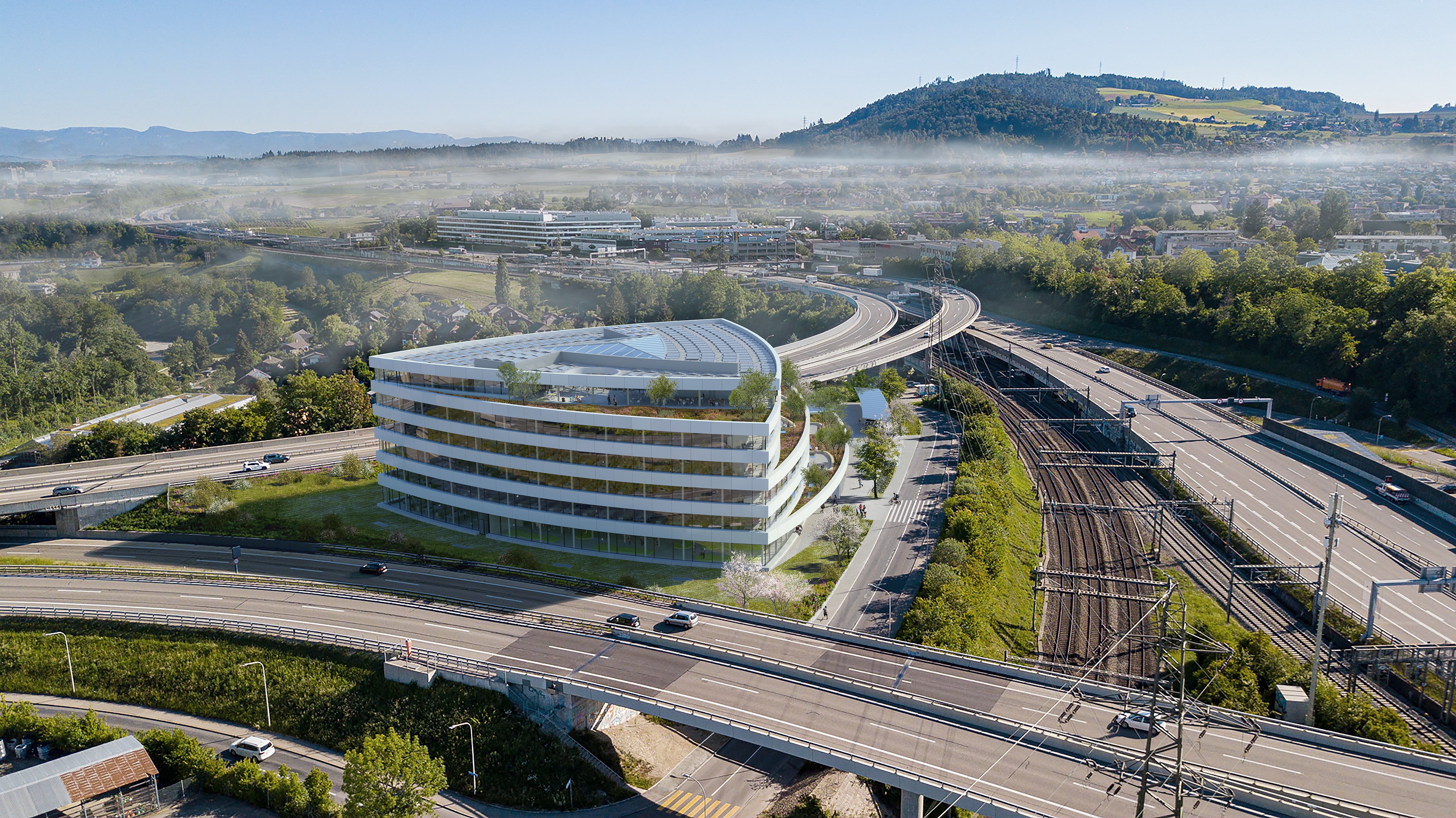 (C) Vectorworks
(C) Vectorworks
The architecture firm Atelier 5 used the design and BIM software Vectorworks Architect for this major project. The intelligent tools enable work processes to be accelerated, summarized, and simplified. The structuring of the floors designed within Architect with referenced layers created a realistic model that can react quickly to adjustments, corrections, or revisions early on in the planning process, saving time and preventing errors later in the project.
Construction phase:
Bus station in Merthyr Tydfil: redefining sustainable mobility
In another flagship project, one of Wales' busiest bus stations in Merthyr Tydfil has been completely redesigned and equipped with modern and sustainable infrastructure, such as ULEV charging stations. The building's heating and hot water systems can be powered by 100 per cent renewable energy sources, while the public toilets are fed by a rainwater tank. These measures will reduce CO₂ emissions over the entire life cycle of the building.
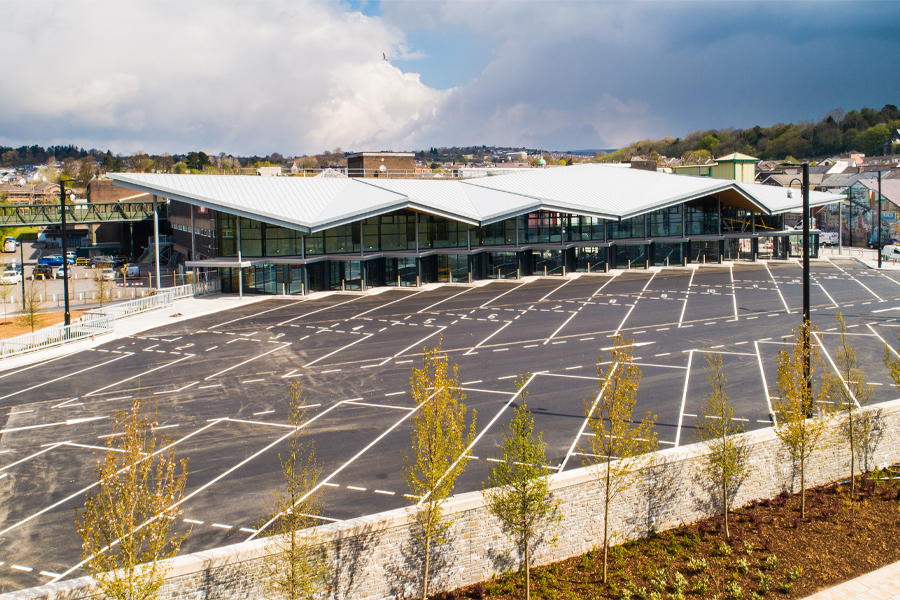 (C) Bluebeam
(C) Bluebeam
Bluebeam tools were used to create more accurate measurements and cost estimates. The planning team used the same tool to develop and sequence the project schedules. Thanks to digital collaboration, the team was able to increase productivity by a factor of five. In addition, the design processes were accelerated by 50 per cent and the time required for quantity take offs and estimates was reduced by 80 per cent, bringing measurable efficiency gains right from the outset.
Manage phase:
Hospital de la Santa Creu i Sant Pau in Barcelona: cultural heritage in harmony with sustainability
The sustainable renovation of a cultural monument in Barcelona, Spain, shows how BIM solutions can also prove their worth in the management phase of a construction project. The renovation of the Art Nouveau complex Hospital de la Santa Creu i Sant Pau had two main objectives: The original art and architectural elements were to be restored and, at the same time, the rooms and infrastructure were developed for the future. In order to reduce energy costs, more than 140 consumption meters for electricity, heat flow and water, were installed in the individual buildings. However, managing and analysing all the energy data proved difficult. A special analysis and visualisation tool was needed to track the development of the numerous individual consumption values in all the buildings.
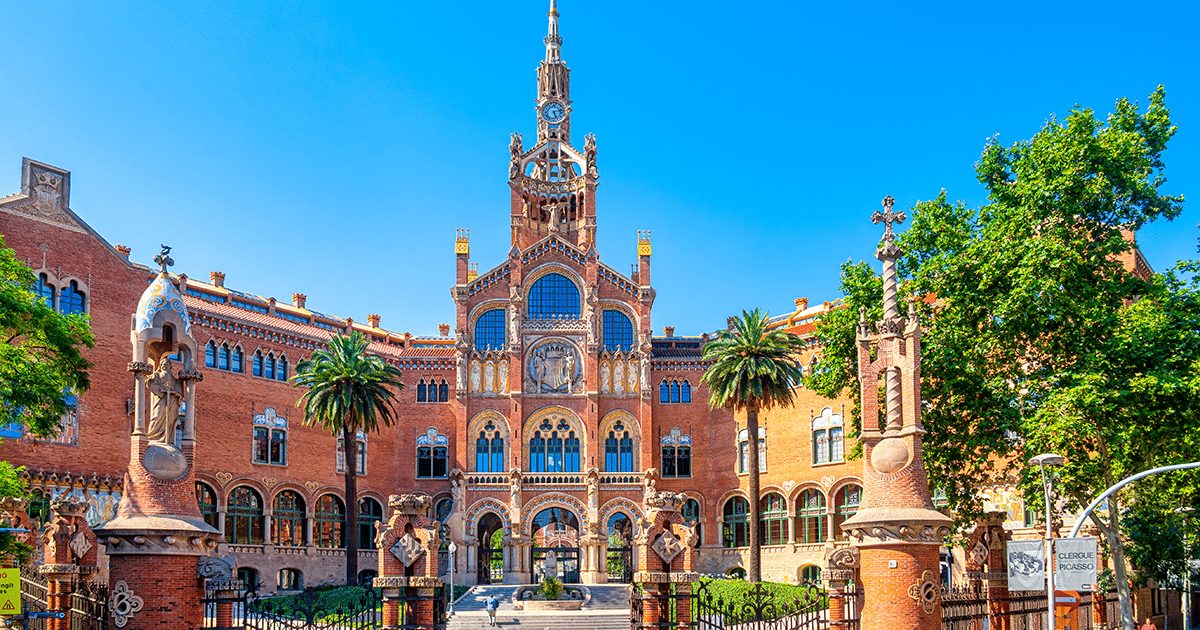 (C) Spacewell Energy
(C) Spacewell Energy
To address that challenge, the energy management software Spacewell Energy proved to be a useful solution. It enables energy data to be recorded, visualised and analysed precisely in real time. This saves time and prevents errors when conducting manual meter readings. The solution also makes it possible to specifically identify excessive consumption in certain times or areas. And, at the same time, consumption data can be collected over time in order to compare and improve the energy efficiency of the historical buildings. These measures immediately led to a noticeable change in consumption levels, resulting in a 28 per cent reduction in energy costs compared to the previous year.

